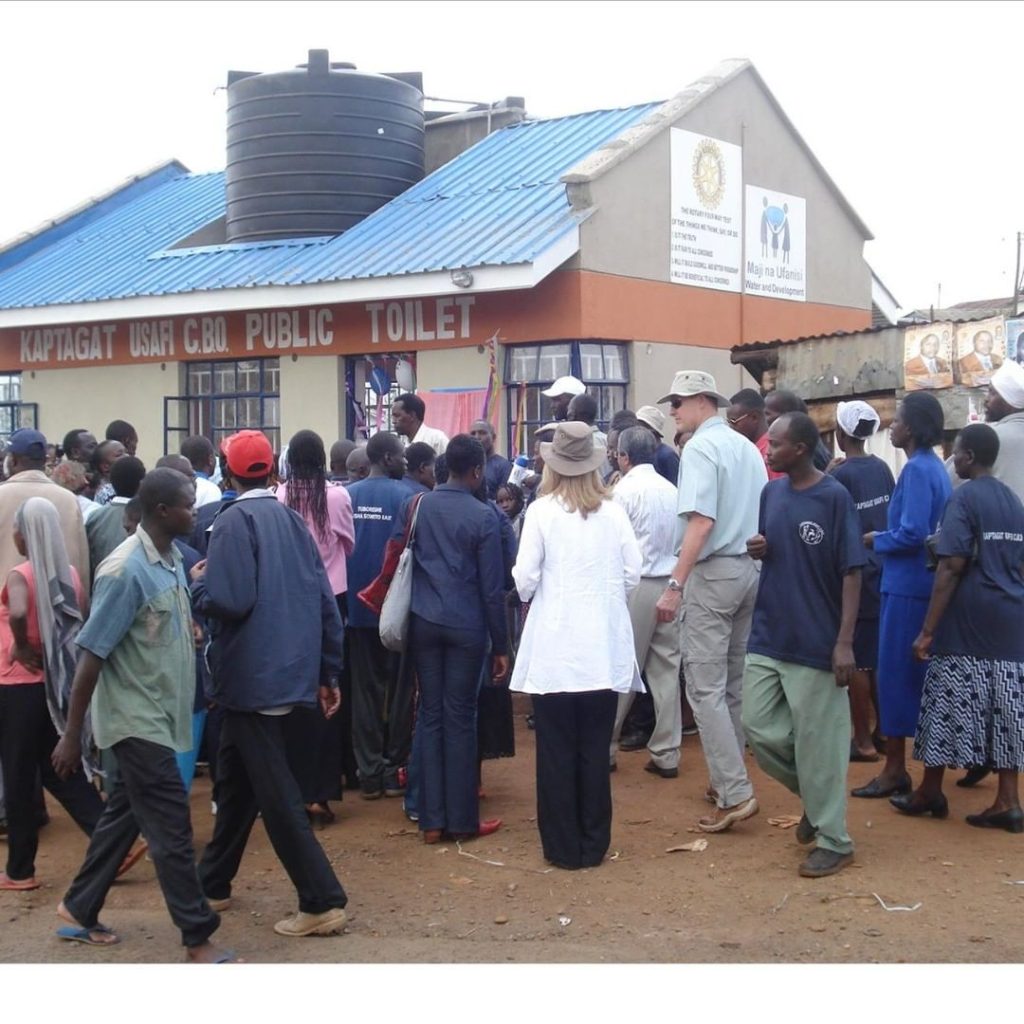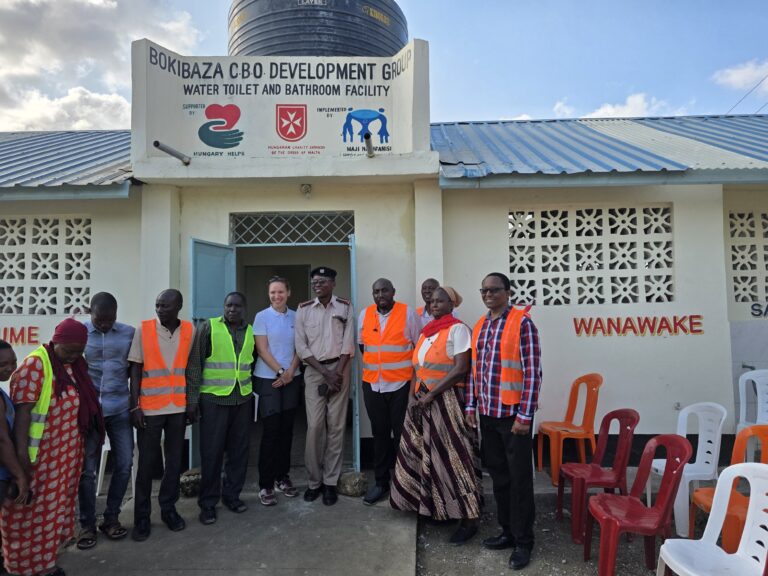In Kenya, access to clean water, sanitation and hygiene remains a major challenge—and yet, across rural villages and dense informal settlements alike, something powerful is happening. Local people are leading the charge: forming committees, constructing water points, educating one another, and demanding dignity. This is the story of community WASH Kenya—where water, sanitation and hygiene initiatives driven by communities themselves are changing lives, health, education and hope.
In this article we’ll explore how this approach works, why it matters, and what it takes to scale it up—particularly through the lens of organisations like WASH Alliance Kenya, ChildFund Kenya and local grassroots groups in Kenya. We’ll also show how you can help join the change.
A detailed explanation of community‑led WASH in Kenya
What does “community WASH Kenya” really mean?

When we talk about community WASH Kenya, we’re referring to water, sanitation and hygiene projects in Kenya that are planned, implemented and maintained in strong partnership with the local community—not just by external donors. They typically involve:
- Community mapping of water sources, latrines and hygiene facilities.
- Local governance structures (water user committees, sanitation champions).
- Behaviour change efforts: hygiene education, hand‑washing promotion, safe water storage.
- Building or rehabilitating infrastructure: wells, protected springs, water kiosks, toilets.
- Long‑term maintenance: local ownership and management rather than top‑down ‘install and forget’.
For example, one study of spring protection in western Kenya noted that “living without water deprioritises things that deplete water rations, like bathing, cleaning, even handwashing”.
In essence, community WASH Kenya is about shifting from “we do for you” to “we do with you”.
Why community‑led WASH matters in Kenya
There are many reasons why community‑led WASH is so vital in Kenya’s context:
- Scale of the need: According to UNICEF data, only around 59% of Kenyans have access to safe drinking water, and just 29% to improved sanitation.
- Health impact: Poor WASH conditions lead to diarrhoeal diseases (a major killer of children under five).
- Dignity & gender equity: Women and girls often fetch water, walk long distances, and are exposed to exploitation or violence at unsafe water points. Community‑led models can reduce those burdens.
- Sustainability: Projects where communities are empowered to govern infrastructure are likelier to last.
- Behaviour change: Infrastructure alone isn’t enough; education and local norms matter. For example, a field note in Kenya showed how hand‑washing facilities were scaled within CLTS programmes.
All of that means that focusing on community WASH Kenya means focusing on health, equality, agency—and long‑term change.
Key models and approaches in Kenya
Here are some of the common models used in Kenya for community WASH initiatives:
Community‑Led Total Sanitation (CLTS)
This model involves triggering community action to stop open defecation, build latrines and shift sanitation norms. Kenya adopted CLTS as its core strategy under its Open Defecation Free rural campaign.
Spring protection & water‑point governance
In western Kenya, organisations have worked with communities to protect springs, install safe taps, train committees on water quality and maintenance.
School‑based WASH

Many projects focus on schools for maximum ripple effect: installing hand‑washing facilities, toilets, with hygiene education so children carry habits home.
Integrated WASH+ approaches
Projects like KIWASH (Kenya Integrated Water, Sanitation and Hygiene) combined WASH, nutrition and private‑sector engagement to support over 874,000 people in Kenya.
Each model highlights how community WASH Kenya works when local people are at the centre.
Real‑world success stories
Let’s look at two inspiring examples of community WASH Kenya in action.
Mungakha Community, Kakamega County: In 2024, a partnership between SAWASHI and WEFTA delivered a new well, solar‑powered pump, storage and sanitation facilities to the Mungakha community. For the first time, over 3,000 people had reliable, safe water.
Informal settlements in Nairobi (via SHOFCO): SHOFCO’s WASH programme in the Kibera settlement built 53 water kiosks, serving 40,000 people daily, and women‑led kiosks priced 60% lower than private vendors.
These stories demonstrate how community WASH Kenya avoids one‑size‑fits‑all fixes and instead builds tailor‑made, local solutions.
Why some WASH projects fail — and how community‑led fixes that
Too often, WASH projects fail because of poor maintenance, lack of local ownership, and weak governance. In Kenya, many wells became abandoned after initial installation. (See the narrative in the spring protection study.
Community‑led models reduce these risks because:
- They involve local people in decision‑making and maintenance.
- They build local management committees and train them.
- They embed behaviour change and hygiene education from the start.
- They build accountability (community monitors, transparent finances).
In short: when communities own the project, it stays alive.
Challenges facing community WASH Kenya
However promising, community WASH Kenya still faces obstacles:
- Financial sustainability: Communities often need support for operations and maintenance costs.
- Behaviour change: Cultural norms around open defecation, hand‑washing, safe storage take time to shift.
- Governance and equity: Ensuring women, young people and marginalised groups have voice in committees.
- Climate change & water scarcity: Droughts, variable rains affect water sourcing and infrastructure.
- Scaling and replicability: What works in one village may not simply copy into another without adaptation.
Recognising these challenges is key to designing stronger community WASH Kenya initiatives.
How the funding and partnership ecosystem supports community WASH Kenya
Donors, governments and NGOs play a supporting role in community WASH Kenya. Here are some ways:
- Providing seed funding and technical assistance (e.g., KIWASH mobilised $44 million in new sector funding).
- Training community leaders, health officers and committees (KIWASH trained 78 public health officers).
- Advocating for climate‑resilient WASH practices (via WASH Alliance Kenya).
- Promoting monitoring & evaluation so progress is tracked and lessons learnt.
This ecosystem does not replace local leadership—it enhances it. Which brings us to how organisations like yours can help.
Also read:Inside Mombasa’s New Inclusive WASH Facility: A Step Toward Dignity for All
How Maji na Ufanisi Is Helping With community WASH Kenya and How You Can Help
At Maji na Ufanisi we’re dedicated to partnering with communities across Kenya to make community WASH Kenya initiatives stronger, more inclusive and sustainable. Here’s how we help—and how you can join us.

What we do:
- We support grassroots training and capacity‑building of water user committees and sanitation champions in rural and semi‑arid counties.
- We co‑design infrastructure projects (wells, water kiosks, sanitation blocks) with community ownership from day one.
- We embed gender and disability inclusion to ensure that women, girls and persons with disabilities benefit equally from WASH services.
- We establish monitoring frameworks and work with local research to feed real‑time data into design and policy.
- We mobilise donors, volunteers and partners to scale high‑impact community WASH Kenya models.
How you can help
- Donate to fund a specific community‑led WASH Kenya project—helping a village access water, build toilets, train hygiene champions.
- Partner with us: as a corporate donor or foundation you can adopt a county, support multiple community WASH Kenya hubs and drive systemic change.
- Volunteer or advocate: join our online forums, share these stories, speak at events, help amplify the message that community WASH Kenya works.
- Champion research & policy: help us fund research into climate‑resilient water systems and how community WASH Kenya initiatives adapt under drought.
Why now? Because every day without safe water or sanitation is a lost opportunity: for education, health, dignity. When you invest now, you’re investing in a community’s future, amplifying your impact, and joining a movement powered by local heroes.
FAQs
- What is “community WASH Kenya”?
It refers to water, sanitation and hygiene initiatives in Kenya where the community takes a leading role—from planning to governance to maintenance. - Why is community‑led important for WASH in Kenya?
Because community ownership boosts sustainability, local relevance and long‑term behaviour change compared to externally imposed projects. - How many people in Kenya still lack safe WASH services?
Approximately only 59% of Kenyans have access to safe drinking water and just 29% to improved sanitation. - What ensures a community WASH Kenya project succeeds?
Key ingredients include strong local governance, hygiene education, inclusion of women and marginalised groups, durable infrastructure, and maintenance plans. - What role do women and girls have in community WASH Kenya?
They are often the primary water‑collectors and hygiene managers. When involved as leaders and committee members, projects improve equity and outcomes. - How can donors engage effectively with community WASH Kenya?
By funding projects that centre community leadership, by supporting capacity‑building rather than purely infrastructure, and by expecting accountability and monitoring. - What are major challenges for community WASH Kenya?
Financial sustainability, behaviour change, climate resilience (drought/rainfall variability), and ensuring equity and inclusion. - How does behaviour change feature in community WASH Kenya?
Education about hand‑washing, safe storage of water, use of latrines, and hygiene practice is vital. For instance, a Kenya field note showed millions were educated on hand‐washing in CLTS programmes. - What types of infrastructure are common in community WASH Kenya?
Protected springs, wells with hand‑pumps or solar pumps, water kiosks, latrine blocks in schools and health centres, hand‑washing stations. - How can I track the impact of community WASH Kenya donations?
Ask for monitoring data: how many people reached, how many facilities functioning after 1 year, behaviour change metrics (hand‐washing, latrine use), cost per beneficiary. Organisations like Maji na Ufanisi commit to transparent reports.
Wrap‑Up
In Kenya today, local heroes are rising: community members who refuse to wait for someone else to fix water, sanitation and hygiene problems. Through community WASH Kenya initiatives, they are redesigning the narrative—taking control of their water points, latrines, schools, health centres—and improving lives in measurable ways. But they cannot do it alone. They need partners who believe in the power of community, the dignity of agency, and the promise of change.
If you’re seeking to support credible, high‑impact organisations—for your giving, your volunteer time, your partnership—look at how community WASH Kenya is being done right. Support the infrastructure, yes—but more importantly, support the communities: their ideas, their governance, their leadership.
Because when it works, it doesn’t just provide water. It restores hope, enables education, strengthens health, and unlocks opportunity. And it does so sustainably, because the community owns it—and the community will keep it going.
Together—and with your support—we can make community WASH Kenya more than a phrase. We can make it a force for transformation, one village, one school, one waterpoint at a time.



